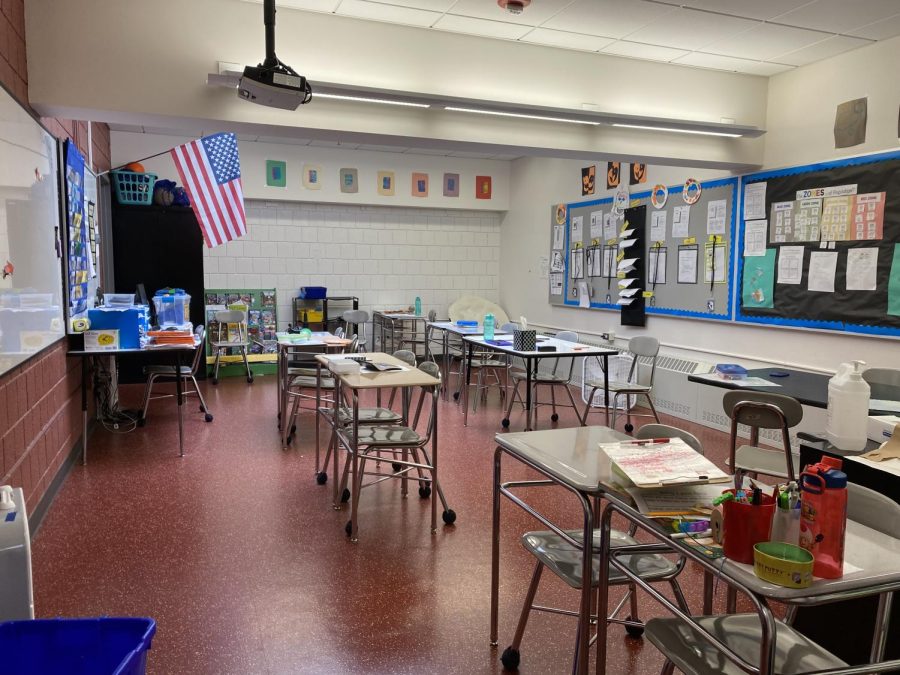Special Education at CRLS: Where it Thrives and Falls Short
CRLS has several special education programs for students with disabilities.
June 24, 2023
The Individuals with Disabilities Education Act (IDEA) came into place following the Civil Rights Act, on the basis that, “If it was wrong to deny access to public schools to students based on race, it was equally wrong to deny access to public schools based on disability.” A lack of prioritization prohibits this from holding true. However, this isn’t the case at CRLS.
“In school districts I worked at previously, I had lots of kids who just didn’t get any services at all, simply because they weren’t available,” says Quenna Lalonde to the Register Forum. She’s a co-teacher within the Special Education department at CRLS. “But here in Cambridge, the resources are insane, the special education department is actually the largest department in the school, with a staff of around a hundred people.” The resources available allow students with disabilities to receive the necessary accommodations.
Sarah Franzblau is a teacher who teaches in the sub-separate format. Sub-separate classrooms are some of the more restrictive environments at CRLS; Franzblau’s ELA 9/10 class has as low as 5 students on any given day. Ahmad, a student in Franzblau’s English 9/10 class, tells the Register Forum, “I prefer these smaller classes, it feels more ‘right’ for me. It’s less stress and less distraction.” Students with disabilities are placed in a range of environments, including general education classrooms containing students with and without disabilities. Franzblau describes how slightly more restrictive classrooms are beneficial for students with disabilities: “We focus first on what the students need. Then we think, how can we make the curriculum accessible?”
Although Cambridge’s Special Education program excels in many areas, students with disabilities can still be better supported in general education classrooms. Some classes have co-teachers, meaning there is a second teacher who can spend individual time on students’ particular needs. However, many general education teachers seem to feel they can’t meet their students’ individual needs alone. This is an especially apparent issue for world language courses, which are a graduation requirement at CRLS. The administration falls short in providing co-teachers or other options such as summer language classes for students with specialized learning styles, and these students are therefore not set up to succeed.
However, there are several distinct placement programs that ensure students with disabilities are in the most suitable environment. For example, the Structured Academics program is constructed for students with social and emotional needs. Basic Academics also provides classrooms equipped with a certified special education teacher and a para-professional, along with a low student-to-teacher ratio of 12:1. The Basic Academics program then funnels into the Functional Academics program, which provides a continuum of the same services up until the age of 22. In addition, there is the Autism Spectrum Disorder (ASD) program, which is “an eleven-month program designed for students diagnosed with an Autism Spectrum Disorder who require intensive, specially designed instruction and support in order to access the curriculum.” (CPSD)
In a country where students are denied access to classes due to disabilities, Cambridge is fortunate to have the resources and professionals available to support such an exemplary high school Special Education program.









